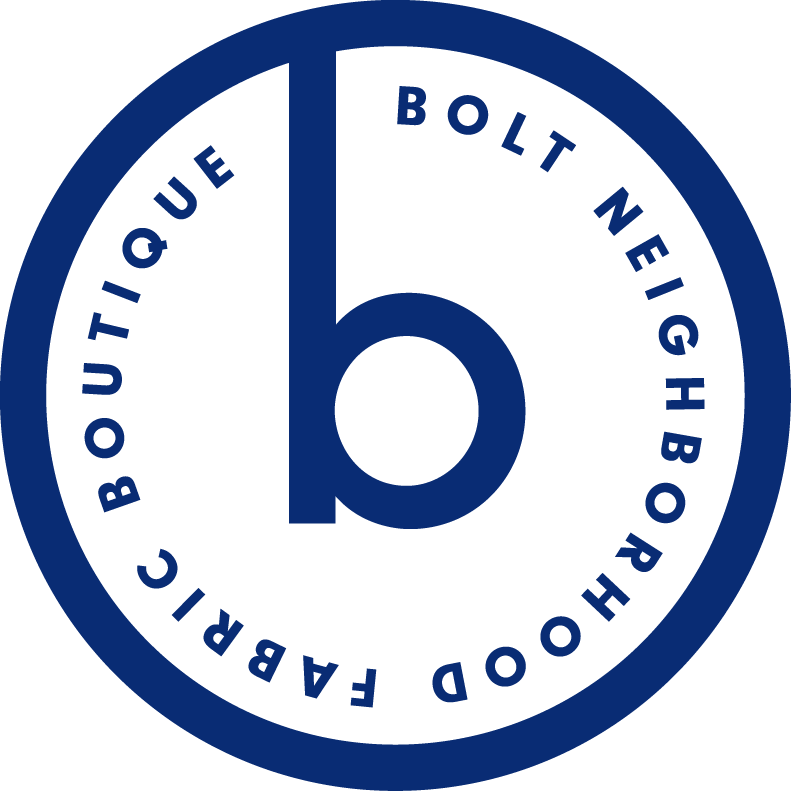Types of Thread and Their Uses
By Sarah
Thread. What would we do without it. We would all be wearing togas, that's what. This important sewing apparatus has come a long way since its inception by the Inuit who discovered that animal tendon, or sinew, could be processed into thread. Today there are a whole slew of different types of thread available to fit your specific sewing projects need. Let me tell you about them.
Gutermann is the brand we carry and it is of top quality. In the above picture, starting from the far left, we have a sew-all thread or, as some people call it all-purpose, and it is typically a good choice for sewing clothing and or projects for your home like curtains, pillows, cushions, etc. It is 100% polyester and is stronger than 100% cotton thread and that is why we recommend it for sewing with knits because it is less likely to snap or break. Second from left we have a recycled polyester thread made from plastic bottles. It is just a tad bit thicker than the sew-all but still a good choice for most projects but for finer fabrics I would go with the sew-all. It is available in a smaller spool and it is our least expensive thread option. On the right we have 100% cotton thread which is a good choice for sewing with cotton woven fabric for making clothing or piecing quilts, etc. A good rule of thumb is that you want to match the content of your thread to the content of your fabric that way when it is washed the thread with react similarly to your fabric in terms of shrinkage and such. However, with knits, polyester regardless, is the way to go.
Far left we have an invisible thread. It is exactly that, invisible, so it is great for projects were you want to the thread to blend in with multiple colors. It is very strong and a little wiry so I wouldn't use it on finer fabrics. Second from left. We have extra strong thread which would be a great option for a sturdy bag, couch cushions or anything that will receive a lot of stress in the seams. The gold thread in the middle is for topstitching jeans and it is available in a variegated denim color as well. To the right of that is a buttonhole/topstitching thread which is thicker than the jeans topstitching thread. This thread is thick so that it will stand out nicely against thicker fabrics like coating or denim. When using this thread do not put it in the bobbin, only use it in the top and use an all-purpose thread in a matching color in the bobbin otherwise your stitches will turn out wavy. It is also good for making buttonholes by hand and sewing on coat buttons. Second from right we have an upholstery thread which is the strongest thread option we carry. This 100% nylon thread is good for upholstery and outdoor cushions and awnings however it works best when using an industrial or more heavy duty sewing machine. It is also a great choice for some hand repairs on projects that require strong rot-proof thread. Lastly, far right, we have metallic thread which is great for decorative stitching and topstitching on, you guessed it, metallic fabric. We carry a special needle to use along with this particular thread since it can be a little tricky to work with. The metallic holiday 'bling' season is approaching so it might be fun to experiment with this type of thread. Maybe you already knew all of this thread stuff or maybe you learned something new. Either way we can all agree that thread is pretty cool stuff and even though it is not nearly as exciting as picking out fabric it is just as important.


